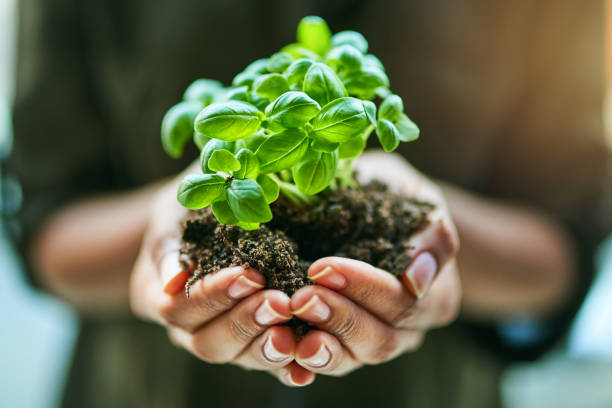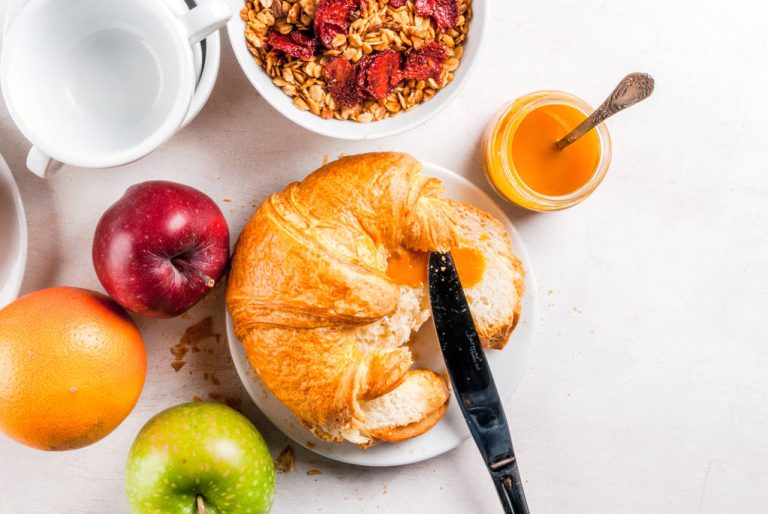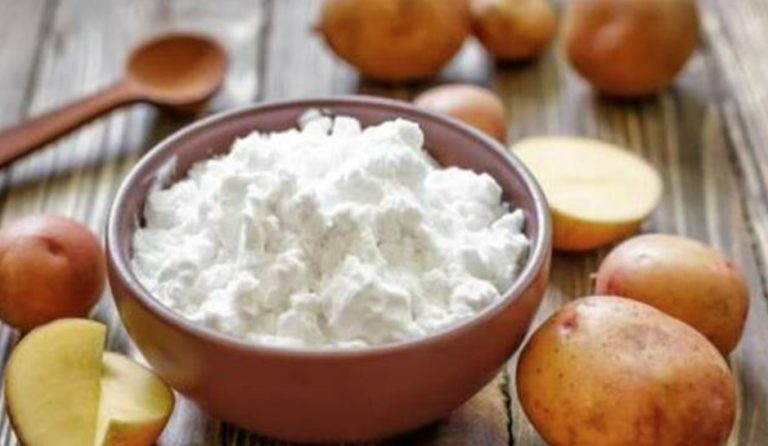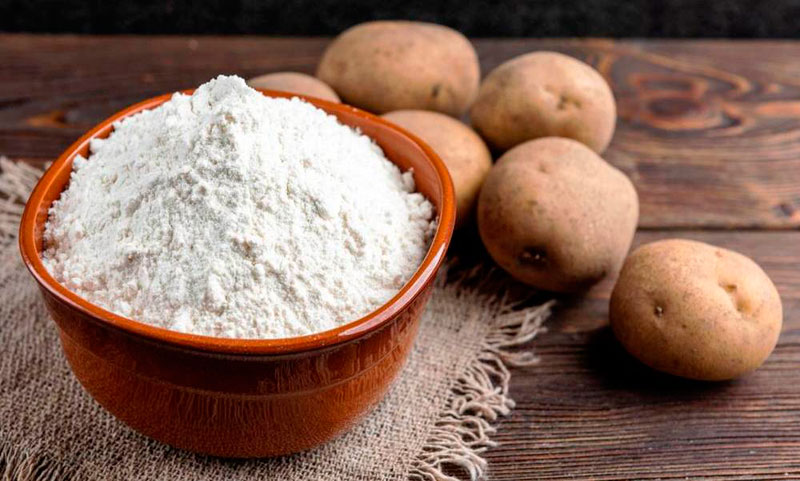Cafe Americano – that can be nothing other than an American coffee, or not?! Not quite, because the Cafe Americano originally comes from beautiful Italy. In all likelihood, the history of the somewhat weaker espresso started in World War II. In the course of the war, many American soldiers, the so -called G.I.S, came to Europe. A large number of soldiers were stationed in southern European Italy at the time.

The Cafe Americano and its story
The military was enthusiastic about the Italian dining and coffee culture right from the start. Only with the strong espresso could and did the American guests not really make friends – he was simply too strong for them. But of course the soldiers knew how to help themselves and simply stretched the strong, dark coffee drink with hot water. The fun -loving Italians took the modification of their favorite hot drink with humor and, according to his creation, put him on their drinks cards as “Caffè Americano” (according to Italian spelling).
Curiously, William Somerset Maugham had an Americano ordered an Americano in Naples Italian in Italy in the First World War in his spy novel, which was published in 1928. It is not known whether this Americano is actually the Cafe Americano known today. But let’s be honest, myths are much more fun.
The preparation of a Cafe Americano: Come Si Fa?
First of all, first of all, a classic espresso is prepared, preferably with a fully automatic machine or a portafilter machine. The bean mix, the right grind and the right amount of espresso powder are also important for the production of the perfect espresso. We explain here how to make an espresso best prepared.
How much espresso you use for the Cafe Americano is ultimately up to you. Traditionally, however, the mixing ratio of espresso and water is 1: 1 – if you prepare a double espresso for the Cafe Americano, you use around 55 – 60 ml of hot water accordingly. The secret of the Italian-American coffee is that the espresso finds its way into the cup in front of the water.
Then the hot water is poured – as slowly and carefully as possible so that the crema of the espresso is preserved. The Cafe Americano is ready! Ideally, it tastes as aromatic and full -bodied as an espresso, but is also easy to compatible and edible for less hard -boiled coffee drinkers.
Cafe Americano and his supposed doppelgangers
With so many different types of coffee preparation, it is often difficult to keep an overview. The diverse offers in different cafes quickly create the impression that normal filter coffee, Cafe Lungo, Long Black and Cafe Americano are all one and the same. But whoever believes that has been missing. Because the preparations of these coffee drinks differ very well – if only in subtleties.
Cafe Americano and filter coffee
Filter coffee is prepared with weaker roasted and finely ground beans and less pressure when brewing than the classic espresso. So normal filter coffee is milder and less strong than the Americano.

Conclusion on the Caffè Americano
If the normal espresso is too strong, you will find the right alternative in the Cafe Americano. The siblings such as Long Black or Cafe Lungo presented by us are further variations with which you can experiment uninhibitedly. At some point you are guaranteed to find the perfect espresso and maybe we have given you the crucial information! How do you prefer your espresso? Let us know!



























